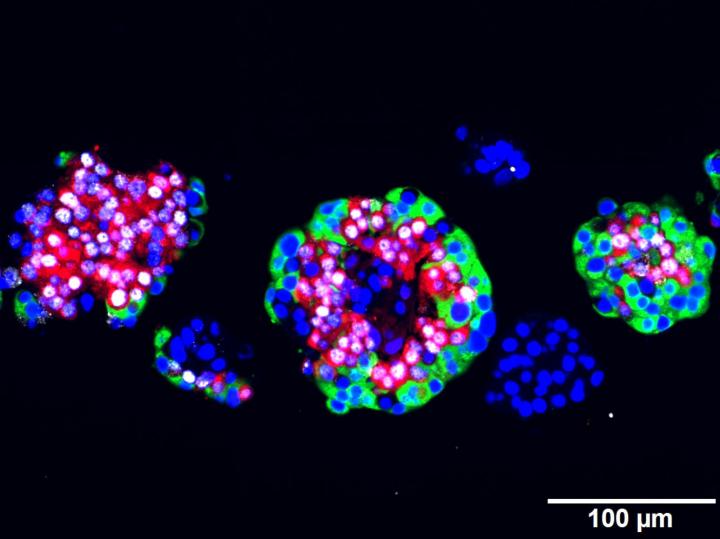Over the past 20-years, the incidence of type 1 diabetes in children under age 5 has increased by 70 percent in the city of Philadelphia. This is according to research from a University of Pennsylvania School of Nursing researcher who maintains the only US registry of diabetes in children that has collected data continuously since 1985.
In a far-reaching study published in Diabetes Care, researchers led by nursing professor Terri H. Lipman, PhD, RN found that the overall incidence of Type 1 diabetes in children in Philadelphia has increased by 29 percent over the same time period, 1985 to 2004.
"The most rapid increase in type 1 diabetes -- in children diagnosed before age 5 -- requires immediate attention," reports Dr. Lipman. "These young children are at the highest risk for death because of often-delayed diagnosis. The rapidly rising risk of diabetes in black children ages 0-4 years is of particular concern given the marked racial disparities that have been identified in diabetes outcomes and treatment in this population."
The research draws on a unique data set from the Philadelphia Pediatric Diabetes Registry, which Dr. Lipman has maintained since 1985. The registry was a member of the World Health Organization�s Diabetes Mondiale study, a consortium of 150 centers in 70 countries. It is the only such U.S. registry still active and includes data amassed from large populations in three racial groups (white, black, and Hispanic). In the 20 years of the Philadelphia Pediatric Diabetes Registry, 935 cases of type 1 diabetes have been identified in children.
"The incidence of type 1 diabetes in Philadelphia children has increased at an average yearly rate of 1.5 percent," said Dr. Lipman, who also holds an appointment at The Children�s Hospital of Philadelphia. "However, the incidence had been relatively stable over the first 15 years and has risen most markedly since 2000. This upward trend adds to the evidence of an increasing incidence of diabetes in the United States and worldwide."
Continue Reading Below ↓↓↓
Racial and ethnic data demonstrated the incidence of type 1 diabetes in white children had historically been very stable, with approximately 13 children diagnosed per 100,000 annually. However, there was a 48 percent increase between 2000 and 2004. Similarly, Hispanic children had previously been very stable at 15.5 diagnosed children per 100,000 annually but had a 27 percent increase between 2000 and 2004.
"While there are a number of hypotheses related to the causes of the increases in type 1 diabetes, no risk factors have been confirmed" said Dr. Lipman. "It is critical to continue to investigate risk factors that may be associated with the increased incidence of type 1 diabetes overall, and the marked rise in the incidence in young children."
For the first time, researchers included cases of type 2 diabetes in the Philadelphia registry. The incidence of type 1 diabetes is 18 times higher than type 2 diabetes in white children, but only 1.6 times higher in black children, indicating a high incidence of type 2 diabetes in black children. Similar to other studies, the data from Dr. Lipman and her colleagues showed the incidence of type 2 diabetes was higher in females than males, highest in black youth, and lowest in non-Hispanic white youth.
"Type 1 diabetes continues to be the greatest risk for children in Philadelphia, three times greater than type 2 diabetes," emphasized Dr. Lipman. "Improving and continuing research and data collection will help clarify the origins and epidemiology of these alarming worldwide trends in pediatric diabetes."
Source: University of Pennsylvania School of Nursing










